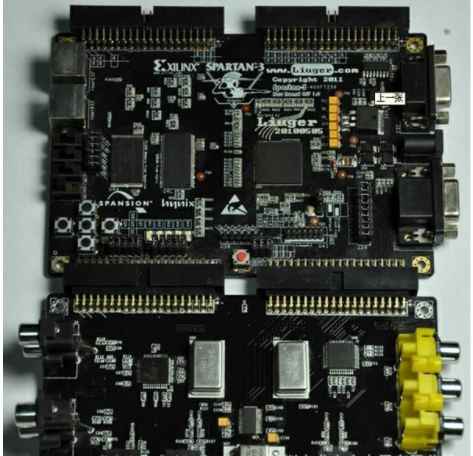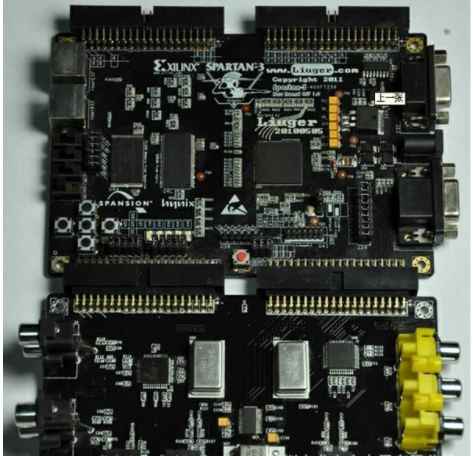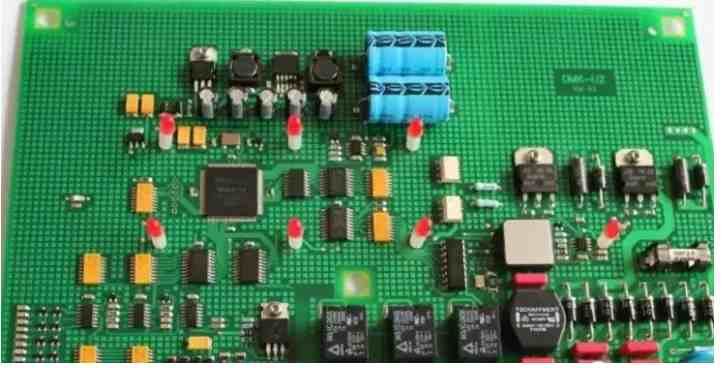
What are the reasons that affect the solder joint glossiness in SMT patch processing
In the process of SMT (surface mount technology) patch processing, the gloss of the solder joint is an important index to judge the welding quality. If the gloss of the solder joint is not enough, it may affect the connection reliability and performance stability of electronic components. Next, Shenzhen SMT chip processing manufacturer - Honglijie Electronics to introduce the reasons for the insufficient solder joint gloss in SMT chip processing, and provide corresponding solutions.
1. Plate quality problem
In SMT patch processing, the insufficient gloss of the solder joint may be related to the quality of the plate. First, the surface of the plate should have a good flatness and finish so that the solder can fully wet the pad and component pins. If the surface of the plate is uneven or there are pollutants, it will affect the wettability of the solder, resulting in insufficient gloss of the solder joint. The way to solve this problem is to ensure that high-quality sheets are selected and properly cleaned and treated during manufacturing.
2. Improper welding process parameters
The selection of welding process parameters also has a great influence on the gloss of the solder joint. First of all, the welding temperature should be appropriate, too high or too low temperature may lead to insufficient solder joint gloss. Too high a temperature may cause oxidation of the solder, while too low a temperature may cause incomplete wetting of the solder. Second, the welding time also needs to be reasonably controlled, too long or too short welding time may have an adverse effect on the solder joint gloss. In addition, it is also necessary to pay attention to the selection and control of welding speed, welding pressure and other parameters to ensure the quality of the solder joint.
3. Improper solder selection https://www.kingfordpcb.com/yuan.php?time=1685694568
https://www.kingfordpcb.com/yuan.php?time=1685694568
The choice of solder is also one of the important factors affecting the solder joint gloss. Different types of solder have different wettability and fluidity, so it is necessary to choose the right solder according to the specific application scenario. If the solder selected does not have good wettability, the gloss of the solder joint may be affected. In addition, the composition and purity of the solder will also have an impact on the gloss of the solder joint. Therefore, its chemical composition and purity should be considered when selecting solder, and adequate testing and verification should be carried out.
4. The device status is abnormal
The state of the equipment will also have an impact on the gloss of the solder joint. The cleanliness and maintenance state of the equipment are crucial to the quality of welding. If there is contamination, ash accumulation or damage to the equipment, it may cause problems during the welding process, which in turn affects the gloss of the solder joint. Therefore, regular cleaning and maintenance of the equipment is one of the important steps to ensure the quality of welding.
In addition, the calibration and debugging of the equipment is also a key factor affecting the gloss of the solder joint. The temperature control, pressure control and precision of the moving shaft of the welding equipment require accurate calibration and debugging. If the parameter setting of the equipment is not correct or deviates from the standard value, it may lead to insufficient gloss of the solder joint during the welding process. Therefore, the operator needs to be familiar with the use and debugging methods of the equipment, and operate in accordance with standard procedures.
5. Component quality problems
In SMT patch processing, the quality of the components will also affect the gloss of the solder joint. If there are problems such as contaminants, oxides or coatings on the surface of the component, it is difficult for the solder to sufficiently wet the pin, resulting in insufficient gloss of the solder joint. Therefore, when selecting components, products with reliable quality and clean surface should be selected, and the storage and use environment of components should be strictly controlled to avoid pollution and damage.
In summary, the reasons that affect the solder joint glossiness in SMT chip processing are plate quality problems, improper welding process parameters, improper solder selection, poor equipment status and component quality problems. To improve the gloss of the solder joint, we need to pay attention to the selection of high-quality plates and solder, reasonable selection and control of welding process parameters, to maintain the good condition of the equipment and accurate calibration, as well as the selection of reliable quality components.
By optimizing these aspects, we can improve the gloss of the solder joints and ensure welding quality and reliability. As a key part of SMT chip processing, the improvement of welding quality will help improve the performance and reliability of the overall product to meet the needs of the market and customers.







